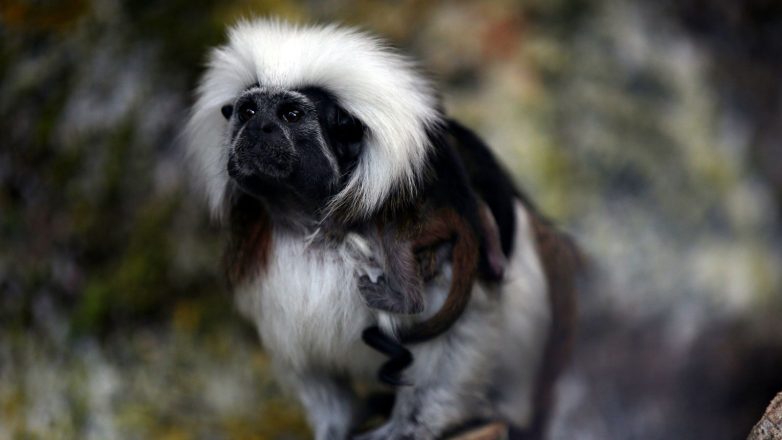

Obituary – Death – Cause of death News :
Nine Monkeys Die from Bacterial Disease at Hong Kong Zoo
Recently, a tragic incident unfolded at a zoo in Hong Kong, where nine monkeys lost their lives due to a bacterial disease. The monkeys exhibited unusual behavior and loss of appetite before eight of them were found dead on Sunday, with another passing away the following day.
Authorities at the Hong Kong Zoological and Botanical Gardens launched an investigation, sealing off and disinfecting areas to prevent the spread of the disease. It was later revealed that the monkeys had succumbed to melioidosis, a bacterial infection leading to sepsis. This outbreak was possibly linked to recent digging work near their enclosure.
Kevin Yeung, the Secretary for culture, sports, and tourism, expressed sadness over the monkeys’ deaths, assuring the public that there was no risk of human transmission. The deceased monkeys included a De Brazza’s monkey, a common squirrel monkey, four white-faced sakis, and three critically endangered cotton-top tamarins.
The incident was contained to a specific zone within the zoo, with one remaining De Brazza’s monkey showing signs of illness. Possible sources of infection were attributed to contaminated soil and water from recent construction work or contact with infected individuals.
In light of this tragedy, the zoo has implemented stricter measures to prevent future outbreaks and ensure the safety of both animals and visitors. As investigations continue, the zoo remains vigilant in monitoring the health of all its inhabitants to prevent further loss of life.

Officials uncover cause of death of nine monkeys who died in two days at Hong Kong zoo | World News
What caused the death of the nine monkeys at the zoo in Hong Kong?
The nine monkeys that died over two days at a zoo in Hong Kong were found to have caught a bacterial disease. This disease was possibly a result of recent digging work near their enclosure. On Sunday 13 October, eight monkeys were found dead, with another dying a day later after displaying unusual behavior and appetite.
Officials at the Hong Kong Zoological and Botanical Gardens launched an investigation, sealing off and disinfecting areas amid fears of a zoonotic disease. The animals were later confirmed to have died after being infected with melioidosis, which led to sepsis.
How did the monkeys get infected with melioidosis?
According to Secretary for culture, sports, and tourism Kevin Yeung, infections of this type often occur through contact with contaminated soil and water. The recent digging near their enclosure may have exposed the monkeys to the bacteria, leading to their infection.
What species of monkeys were affected by the bacterial disease?
The deceased animals included a De Brazza’s monkey, a common squirrel monkey, four white-faced sakis, and three cotton-top tamarins. The cotton-top tamarin is a species listed as critically endangered by the International Union for Conservation of Nature.
Was there a specific event that may have triggered the infection?
The park had conducted work to repair irrigation pipes under a flower bed near the monkey enclosure earlier in the month. The deaths of the monkeys may be related to this recent digging activity, as the incubation period for melioidosis in primates is about a week, which aligns with the timing of the soil digging work.
What measures were taken to prevent the spread of the disease?
Officials at the zoo sealed off and disinfected areas to prevent the potential spread of the bacterial disease. They also investigated the possible sources of infection to ensure the safety of other animals in the zoo.
Were there any concerns about human health risks?
Despite the passing of the nine monkeys, officials reassured the public that there was no danger to humans of contracting the bacterial disease. The focus was on containing the infection within the zoo and preventing any further spread.
In conclusion, the tragic deaths of the nine monkeys at the zoo in Hong Kong were linked to a bacterial disease, highlighting the importance of proper hygiene and preventive measures in animal care facilities. The investigation and containment efforts undertaken by the zoo officials serve as a reminder of the ongoing challenges in wildlife conservation and disease prevention.



